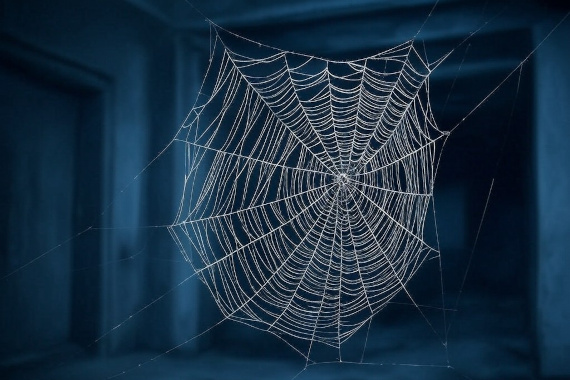
Threat Intelligence Management
Dark Web Monitoring Threat Intelligence Best Practices
What is Threat Intelligence Management? Threat intelligence management enables companies to understand their threat …

Have you ever heard these terms and wondered what they mean?
Is the “Dark Web” as dangerous as it sounds, or is there more to the story?
The terms “Deep Web” and “Dark Web” are often misunderstood and mistakenly used interchangeably.
However, they refer to different parts of the internet with distinct characteristics and purposes.
Understanding the difference can help you avoid potential risks and stay secure online.
The internet is far deeper than what you see through typical search engines.
The Deep Web is estimated to make up a staggering 90% to 95% of the internet, dwarfing the surface web most people are familiar with.
As a subset of the Deep Web, the Dark Web represents an even smaller, more specialized portion of the online landscape.
While the surface web is easily accessible through Google or other search engines, the Deep Web includes any content that requires special access.
Think password-protected websites, subscription services, banking portals, and even the private contents of your email inbox.
These aren’t hidden for nefarious reasons, but rather to protect sensitive or personal information.
In stark contrast, the Dark Web can only be accessed using specialized software like the Tor browser.
Tor is designed to provide complete anonymity.
Unlike the largely legitimate Deep Web, the Dark Web has gained notoriety for hosting sites involved in illegal activities, including the sale of drugs, weapons, and stolen data.
It comprises just a tiny fraction of the Deep Web, but its potential for misuse makes it a subject of significant concern for security teams and law enforcement.
The Deep Web refers to parts of the internet that aren’t indexed by standard search.
This means that its content can’t be accessed through regular search engine results.
The Deep Web makes up the majority of the internet, far surpassing the size of the Surface Web, which includes all publicly accessible websites.
The Deep Web itself isn’t dangerous.
It’s a vital part of the internet infrastructure.
People use it daily when accessing personal accounts or cloud storage.
The Deep Web shouldn’t be confused with the Dark Web, which is a small part of the Deep Web.
The Dark Web is a hidden portion of the internet that can only be accessed through specialized software like Tor or I2P.
It’s designed for anonymity.
It makes users’ identities and locations untraceable.
Users can browse and host sites without revealing who they are or where they’re located.
This provides both privacy and a way to hide illegal activities.
While it’s best known for underground markets, drug sales, and hacking services, it also hosts legitimate content.
Some examples of legal uses include secure communication for people living in oppressive regimes, communicating with journalists privately, and conducting sensitive discussions on private forums.
It’s important to note that the Dark Web is not inherently illegal.
The reason it’s often associated with illegal activities is due to the anonymity it provides.
Here’s a comparison of use cases for the Deep Web versus the Dark Web:
Accessing the Deep Web generally involves fewer risks compared to the Dark Web, but there are still some considerations.
With the Deep Web, if you’re accessing personal accounts or sensitive data, the primary risks are related to security and privacy breaches.
Phishing sites or malware can be used to gain access to your login credentials potentially leading to data theft or account takeover.
However, these risks are similar to those on the surface web and the solution are the normal cybersecurity practices (secure connections, Multi-Factor Authentication, password managers, etc.).
In contrast, accessing the Dark Web comes with significantly higher risks due to its nature as an anonymous network.
The main risk is accessing sites that involve illegal activities.
This exposure can lead to legal repercussions if law enforcement tracks illegal activities back to you, despite the anonymity.
There’s also an increased chance of downloading malware, leaking credentials due to a phishing scam, or falling victim to financial fraud due to the lack of oversight.
Moreover, the anonymity that protects users can also be a double-edged sword.
While it protects your identity, it can also expose you to interactions with dangerous threat actors.
There’s also a risk of being monitored by state actors or cybercriminals who leverage de-anonymization techniques to identify users.
Here are a number of tips you should use when accessing the Deep Web:
When accessing the Dark Web, there are a number of additional tips:

Dark Web Monitoring Threat Intelligence Best Practices
What is Threat Intelligence Management? Threat intelligence management enables companies to understand their threat …

Dark Web Monitoring Threat Intelligence Best Practices
What is a Cyber Threat Monitoring Tool? A cyber threat monitoring tool alerts security teams to potential threats before …